Grow Your Own Potatoes – No Large Plot of Land Required!
Want to grow your own tasty spuds? You can, right in your own backyard! Here are the things you need to know to get a bumper crop this summer.
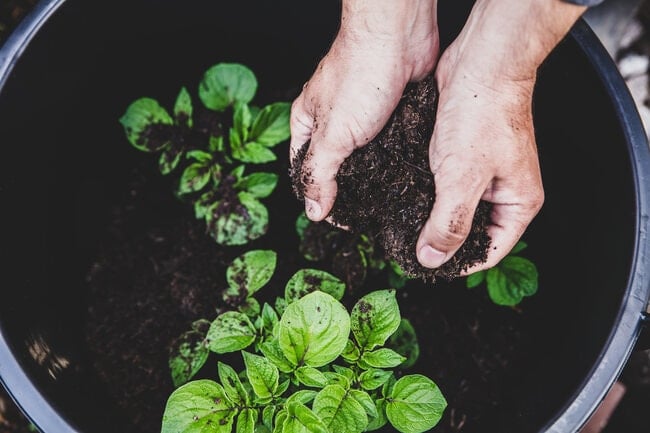
Want to grow your own tasty spuds? You can grow all kinds of potatoes—russet, white, red, yellow, and even purple potatoes—right in your own backyard. And you don’t need a lot of space—you can grow them in bags and burlap sacks! Here are the things you’ll need to know to get a bumper crop this summer!
Whether you’re planting in a garden bed or bag, follow these easy steps.
Start With Seed Potatoes
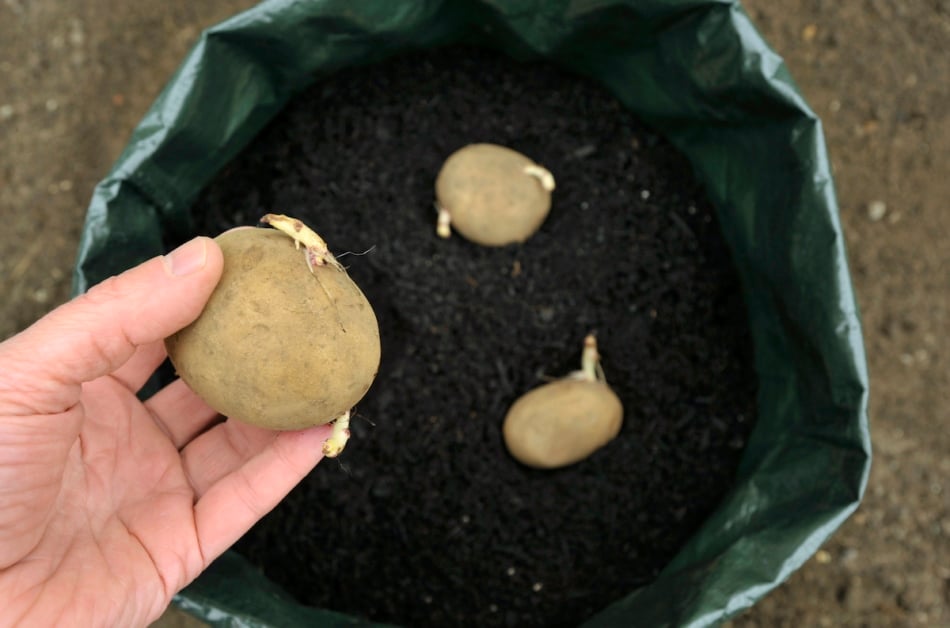
Seed potatoes generally come in two different sizes: small, which are tubers that are between one and two inches in diameter, and large, which is anything over two inches. Small tubers can be planted directly—don’t worry about cutting them up.
If you purchase large seed potatoes, then you’ll need to cut them down to about the same size as a small seed potato. Cut them in half, or if the potatoes are really large, cut them into quarters. Make sure that each chunk of potato has at least one eye, which is a small depression in the surface of the potato where the roots sprout. If you need to cut seed potatoes, it is best to wait at least four to seven days before planting them. Let the cut surfaces “heal” in a cool, dry place to reduce the risk of your seed potatoes rotting.
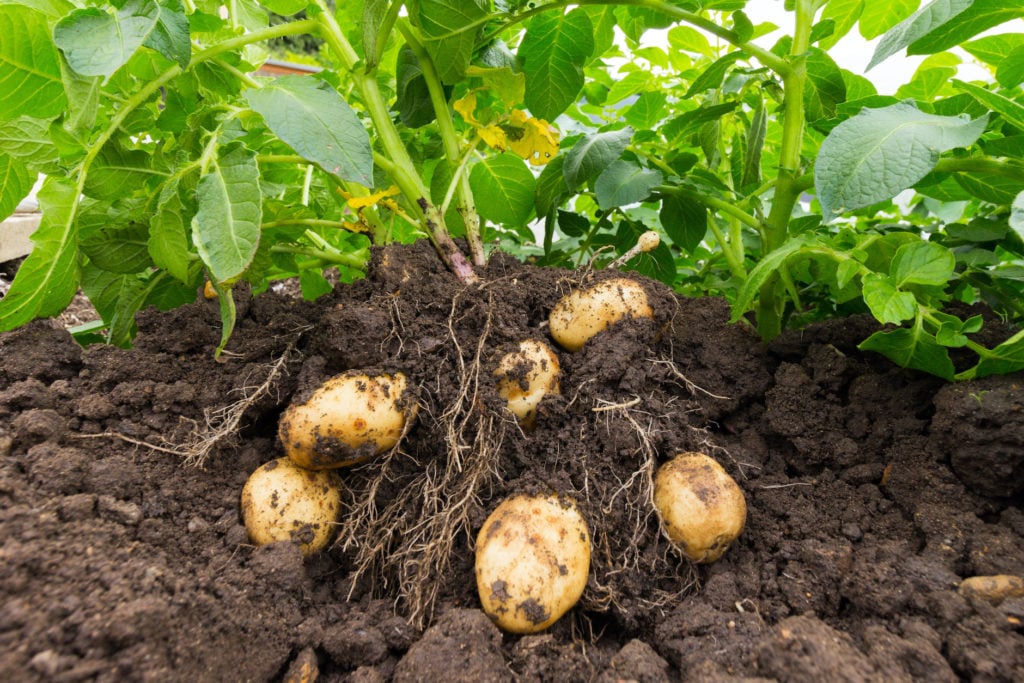
When Should You Plant Potatoes?
Timing is important—both for the potatoes themselves and the soil temperature. If you wait too long before planting the seed potatoes, you may have trouble getting them to grow. How long is too long? Seed potatoes will grow well if the sprouts growing from the eyes are no more than 1/2-inch long. In other words, if there are no sprouts or short sprouts, then you are good to go. To prevent your seed potatoes from sprouting, keep them in a cool, dry and dark place away from other fruits and vegetables.
Potatoes like cool weather, so time your planting for when temperatures are right around 55 degrees at night. The soil temperature should be cool, but not freezing — 45 degrees is ideal.
Check out our Gardening by the Moon calendar for the Best Days to plant here.
Choosing the Right Soil
The key to planting potatoes is choosing the right soil. Soil shouldn’t be heavy or wet because the potatoes may rot, but it also shouldn’t be too dry because that will slow growth. Choose a location with moist, but not soggy soil—or use a potato growing box (there are many tutorials on how to build them online, see below) so that you can better control moisture throughout the growing season.
When it comes to planting in containers, it’s best not to use plain garden soil only in your container as it is too dense and will compact. It’s best to use a good potting mix, which you can find in 40 bags at most garden centers. A good mixture is 1/3 garden soil, 1/3 soilless potting mix, and 1/3 finished compost.
Eyes Up!
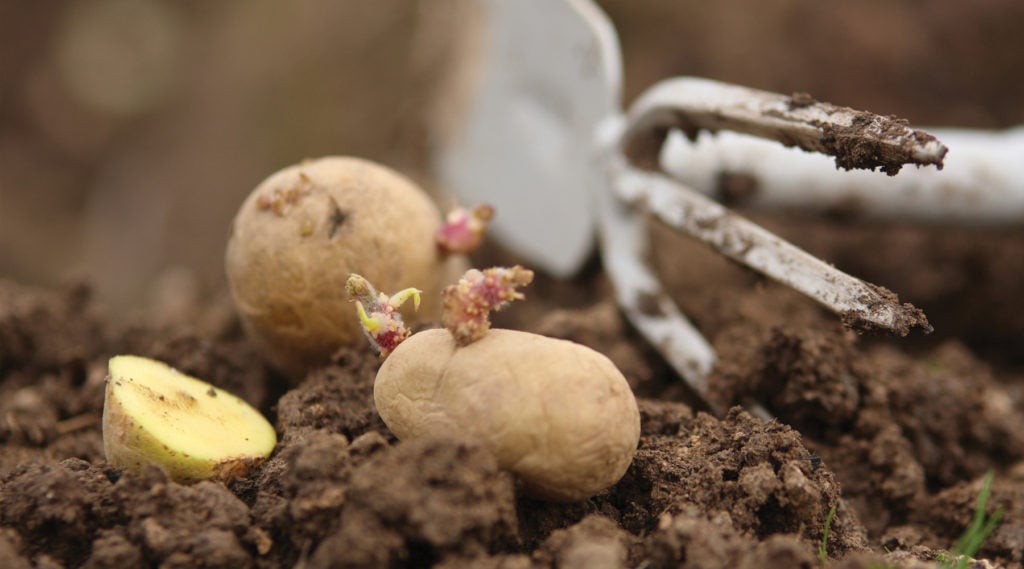
Seed potatoes should be planted between three and four inches deep, spaced between nine and 12 inches apart, with the sprouts, or eyes, facing up. The farther apart you space each seed potato, the larger the tubers can grow.
Caring for Your Potato Plants
To keep your potato plants growing strong all summer, there are a few things that you should do. First, once the potato plants have grown to roughly 12 inches in height, you should mound soil around the base, calling “hilling,” to help protect growing tubers. Mound the soil up to 6 inches in height, out to 15 inches from the base of the plant.
You can also mulch your potatoes with straw to a depth of between four and six inches. This does two things: It helps keep weeds down, and it helps to keep the ground cool and moist throughout the summer.
Finally, you’ll need to keep an eye out for pests and diseases. To avoid bacterial or fungal disease, it is best to plant your potatoes in a new spot each year. The potato beetle is a common pest, but you can prevent an infestation by inspecting the undersides of potato leaves for eggs. If you spot a yellow to orange cluster of eggs, remove the affected leaves.
Harvesting Your Spuds
If you like “new potatoes,” then you can start harvesting within two to three months of planting, although most gardeners will only harvest a small portion of their crop while allowing the rest of the potatoes to keep growing. To harvest larger potatoes, find out what the recommended growing time is for the variety you chose—usually between 70 and 100 days. When the time is right, cut the potato plants back to the ground, water them one last time, and then wait two weeks to let the potatoes age and the skins toughen up — in the ground.
Harvesting your potatoes is easy. If they’re in a plot of soil in the garden, gently turn the soil with a spade or potato fork and pick up the potatoes you find. Brush off the dirt on each potato, then allow them to cure for another week or two in a cool, dry place. In containers, many potato bags have “windows” to access the tubers. If you’re harvesting new potatoes, they don’t need to be cured.
Remember: Potato plants (the green parts) are poisonous and are not to be ingested.
For added gardening success, be sure you check out our Best Days calendar here to pick the right day to plant potatoes.
Grow Potatoes In A Burlap Bag!
Potatoes can be grown in any number of different style planters. Bags are very popular. Check out this clever method of growing them right in burlap sacks!

Amber Kanuckel
Amber Kanuckel is a freelance writer from rural Ohio who loves all things outdoors. She specializes in home, garden, environmental, and green living topics.


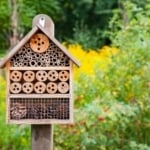



I have been told you can use the leftover potatoes you have purchased at your local grocery store following the same directions as given in this article – would save $$ by using unused potatoes you have already paid for and not eaten and have eyes starting to grow
when is it time to harvest? what should I look for?
what is the best crop to plant after potatoes have been grown in a bed and finished
Question, if I have potatoes with sprouts growing off them can I cut them down and plant them. They are from a local farm near us.
Are the potatoes bigger more towards the top of plant or towards the bottom
We found small clay flower pots on sale and bought several. When the frost came we covered our plants with these. They work better than a sheet or plastic because the plant can get air but at the same time the frost does not get the plant
Great tip, Harriett, thanks for sharing!
Howdy, just wondering but when is the best time to plant seed potatoes? Is there a specific date or time frame? Any advice is helpful, thanks.
Hi Tim, first, you want to be sure the danger of frost has passed. You can check out our average frost dates calendar here: https://www.farmersalmanac.com/average-frost-dates
Then, you can follow the “planting by the Moon” calendar, which will give you best days to do certain gardening tasks, here: https://www.farmersalmanac.com/calendar/gardening
What do you do if your potato plant looks like it’s going to flower after a month and a half. Do you trim back or let them be?
Hi Tracey, we found some information on when potato plants flower that might be of help: https://www.gardeningknowhow.com/edible/vegetables/potato/potato-plant-flowering.htm
Do you plant with the eye up or down?
Hi Sue ford: Eyes or sprouts should be facing up when planting.
Hi Gladys, it’s a common practice to let the skins set for 2 weeks before harvest.
I’ve never heard of cutting the tops off watering and leaving for two weeks. Is there an advantage by doing this? I wait till the plants die, then dig the potatoes. Thanks.